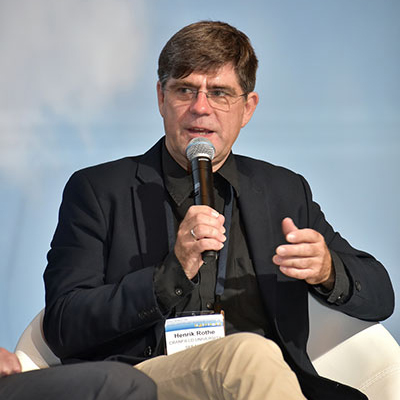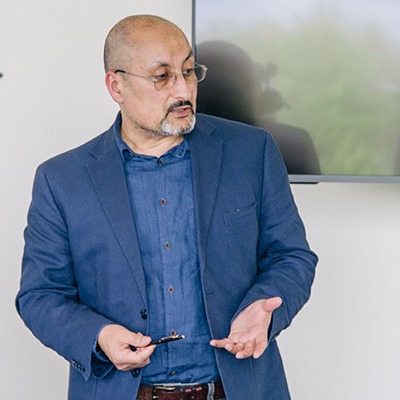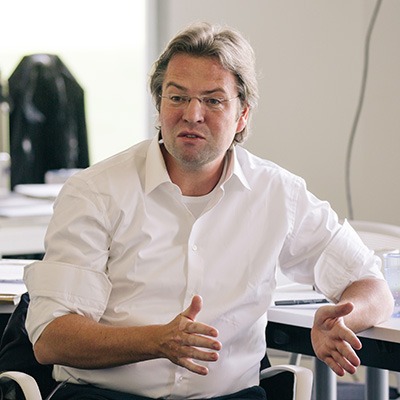Baggage Free Passenger Terminal
Airside
By liberating the passenger from his baggage the use of public transport will be encouraged.
As next stage the baggage home-pick-up will be replicated on the arrivals side delivering the baggage directly to the destination.
Ultimately baggage will be travelling independently and as an individual ‘passenger’ by the most economic and sustainable means.
Airport Economics
Airports for a long time have depended on non-aviation revenues. Whilst car parking and airside retail have traditionally made strong contributions, forward looking airports have also been identifying other income streams. Munich’s Airport Centre [MAC] for example with its own brewery invites the local neighbourhood as it provides space for the unexpected delay of aircraft especially in snow-rich South Germany.
Salzburg is dedicating its Terminal 2 to trade exhibitions and events in the non-winter season and Dresden transforms its passenger terminal, a former aircraft hangar into a multi-stage concert hall celebrating the Dresden Airport Night.
The challenge of making better use of the airport infrastructure – optimising the excessive land-taking airside, terminals and airport landside will dominate the airport industry in the coming decades in order to provide urgently needed capacity and gain competitive advantage.
When Paul Griffith, CEO of Dubai Airport suggests dropping landing charges in return for a fair share in the in-flight retail revenue [link to quote], one can understand the complexity of changes to be expected. Quickly improving terminal processes by the use of biometric technology will shorten passengers dwell-time at the airport.
Since flight times between destinations will not shorten dramatically in the short term this will shift the balance towards the airlines entertaining passengers on board rather than the airport in terrestrial lounges and malls.
And there are new transport systems entering medium and potentially long-distance travel. Airports will be able to see this as a chance or competition. In any case, environmental constraints to emissions and lack of additionally needed runway capacity will force airports to integrate high speed railway, Hyperloop and eVTOL into a coordinated infrastructure – formidable challenges to the physical infrastructure with consequences for the Airport business model.
There are many trends in other industries, including radical changes of the office world. New typologies, co-working, better connectivity between work-live and travel will impact onto the way airports will work in the future – or better create opportunities for airports to position themselves in the value chain and benefit from new business opportunities.
Airports enabling connectivity, providing for airports to connect people – this is the future and Urban Turbine isto engage and support airports, municipalities and airlines in establishing the vision of airports and strategies to get there.
Team & Contact

Henrik Rothe

Sohail Chughtai

Theo Reitsema

Max Schintlmeister



